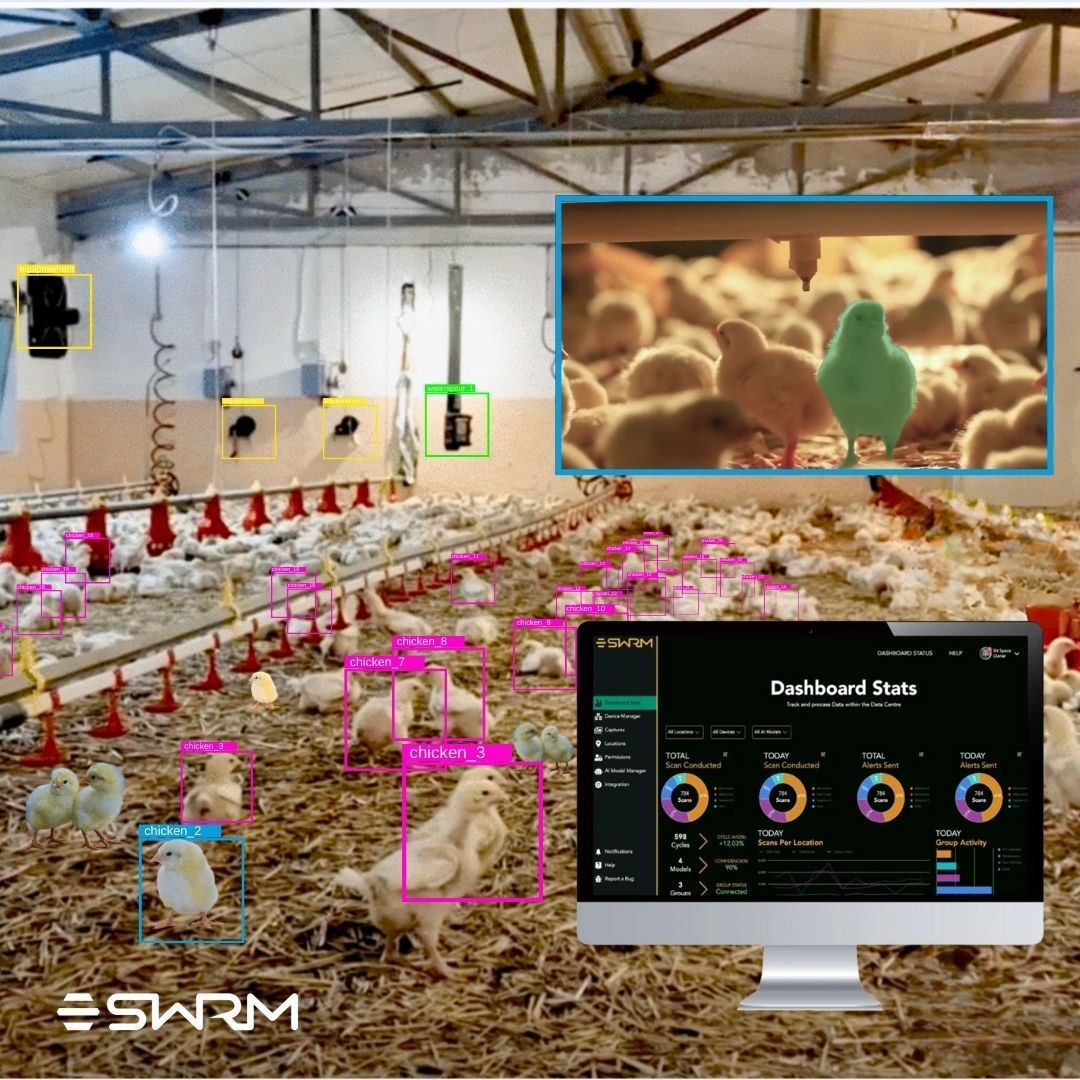VR Sickness: Do You Need to Worry About It In 2020?

By Kevin Carbotte
One of the questions we hear most often when introducing people to virtual reality is whether people will get motion sickness. The short answer is probably not. The long answer, however, is quite a bit more complicated.
What's all the concern about?
In the early days of the current generation of VR technology, motion sickness—also known as VR sickness —was a serious concern. Shortly after Oculus shipped the DK1 developer kits in 2013, people started trying to play existing games on their VR headsets, and that made people nauseous. Since then, the notion that VR gives you motion sickness has persisted even though its mostly a solved problem.
There is plenty of research that explains why VR sickness occurs, and the industry has developed many methods to mitigate the triggers that cause discomfort in VR experiences.

So, what causes VR Sickness?
The research about VR sickness is still ongoing, so we don’t know conclusively what causes the uneasy nauseous feeling that some people experience in VR simulations. However, there is evidence to suggest that VR sickness is triggered by a phenomenon known as Visual Vestibular Mismatch (VVS), which is a fancy term for experiencing visual movement that your body didn’t physically perceive.
The human Vestibular System is the part of your sensory system that is responsible for coordinating movement with your sense of balance. It interprets rotational movements and acceleration based on what your eyes see and what your inner ear perceives. Your body also has something called proprioceptors , which give you the sense of self-movement and body position. The Vestibular System and Proprioceptors work together to give you spatial awareness.
When your brain receives conflicting information from the vestibular system and non-vestibular proprioceptors, it can make you feel sick to your stomach or cause you to start sweating. Some scientists believe that motion sickness is triggered by an evolutionary response to poison that affects the vestibular system, although that is an unproven theory.
We can be reasonably sure that VVS is responsible for symptoms of VR sickness, but what is it about VR that triggers VVS in the first place? Well, as it turns out, many things. Latency, framerate/ refresh rate, the method of artificial locomotion, and the tracking technology can each make a VR experience very uncomfortable.

Tracking Plays A Role
Tracking was the first problem that the industry solved. The first VR headsets featured 3-degrees of freedom tracking, which means that you can look up, down, and to the sides in 360-degrees. However, you could not make lateral movements. If you were to walk forward or step to the side in a 3-DoF headset, you would quickly lose your balance and feel very disoriented because the visual experience won’t match your movement.
3-Degrees of freedom headsets still exist, and we use them often. The key is to create content that matches the capability of the headset and uses it accordingly. These devices are fantastic for viewing stationary 360-degree videos and images, but they aren’t suitable for moving around in a 3D environment.
Spatial tracking, also known as 6-degrees of freedom tracking, helped to solve the disorientation problem. With 6-DoF tracking, you can move your head around freely within a virtual space, which gives you a much better sense of presence.
After head tracking, the industry introduced motion controllers, which allowed you to bring your hands into the virtual world, which helps settle your vestibular system further.
Latency is a Significant Factor
Latency—i.e. the time it takes for inputs such as movement to register on-screen—is a significant contributing factor in triggering vestibular mismatch. It doesn’t matter that your headset is tracking in all directions and that you can move around in a virtual environment if the display gets the signal too late.
Research has shown that the lower you can get the motion-to-photon latency in a VR experience, the more comfortable it will be for most people. Display latency is closely tied to the refresh rate of the panels.
Oculus spent years researching the effects of latency on VR users and discovered that most people were comfortable with the 13ms delay created by 90Hz display panels. That became the industry standard for several years, however the company’s most recent devices—the Oculus Quest and the Oculus Rift S—feature 72Hz and 80Hz displays respectively. Oculus made several software improvements in past years that made lower refresh rates more acceptable.
The VR hardware industry is still pushing forward to faster and faster display technology. 90Hz is still the average standard, but there are a handful of headsets on the market that offer faster displays such as the Valve Index that allows you to adjust between 80Hz, 90Hz, 120Hz and as much as 144Hz.

Graphics Performance is Paramount
While display latency is essential, it doesn’t matter how fast your display can update the image on the screen when your graphics system can’t send the images fast enough. The standard rule of thumb is that your frame rate must meet or exceed the refresh rate of your display, so if you have a 90Hz headset, your GPU must continuously deliver at least 90 frames per second.
When purchasing a computer for virtual reality, the best thing that you can do for yourself is to spend as much money as you can afford on a graphics card. A low-end graphics card will guarantee a miserable experience.
Thankfully, it’s more accessible than ever to get a VR-ready graphics card. When VR first hit the market, the graphics market shoehorned in support to existing graphics card models, but since then, they have designed their hardware with VR support in mind.
Improving Performance with Reprojection Technologies
In addition to graphics hardware now offering improved performance, the VR platform makers have also developed their pipelines with reprojection technologies.
Oculus Asynchronous Timewarp helps smooth out the performance by separating the rendering and rotational positioning. This allows the Oculus drivers to pull a previously rendered frame from memory if the GPU fails to deliver a new frame in time. Asynchronous Timewarp would then combine it with the current rotation data and provide the frame to the headset.
Valve created a similar technology for SteamVR and OpenVR applications called Asynchronous Reprojections, which does basically the same thing.
Asynchronous Timewarp and Asynchronous Reprojection are helpful safety nets in case you experience performance dips, but they aren’t complete solutions because they don’t account for lateral positioning. They also don’t help to smooth out hand controller movement.
Oculus created Asynchronous Space Warp , which accounts for positional movement changes to improve hand tracking when graphics performance takes a hit. Oculus currently offers ASW2.0 , which improves performance even further than the first version.
Valve offers a similar technology called Motion Smoothing ,

Peripherals Can Help
Even if you have the fastest computer in the world and the highest refresh rate headset on the market, you can still end up suffering from VR sickness from an ill-conceived experience. When developers ignore the vestibular senses of acceleration and lateral movement, you end up with vomit-inducing experiences that no one enjoys.
There are ways to get around these senses, though. The best thing you can do is add contextual grounding to the experience. For example, if you’re driving a vehicle in VR, having a steering wheel peripheral helps trick your brain into accepting the virtual experience as real. As a result, you’re far less likely to react negatively to the acceleration motions.
The same principle can be applied to almost any simulation. Are you flying a spacecraft? Use a joystick and throttle controller. Want to fly a plane? Get a flight yoke controller. Driving a forklift? Use a forklift control panel. You get the idea.
The more physicality you can bring into the virtual world, the more comfortable the experience gets for most people.

Simulated Movement
Not every experience can work with a custom peripheral. Sometimes, the best method of interaction is to get up and move around. However, that would limit the space of every VR experience to the designated tracking area. While this would be the least sickness-inducing option, it’s not practical for every application.
There are a handful of artificial locomotion methods that you may find in VR experiences. Smooth or Standard locomotion is the classic thumbstick-based movement seen in most console games. This method is the most likely to trigger VR sickness or vertigo.
Teleportation is a popular solution, and there are several implementations. Shift if the most common option, which moves you to marker points that you place on the ground by pointing. Blink is a lot like Shift, but it also allows you to rotate your position when you move. The key to the teleport method is it enables you to traverse far distances in VR without experiencing acceleration or deceleration sensations.
Don't Worry! It Has All Been Taken Care Of
As you can see, the people working in the background to bring VR to the masses have been hard at work solving the motion sickness issues. For the most part, it’s a solved problem now. Some people are still sensitive to VR, but most people don’t need to worry.
Click to share this article
Transform your business with immersive technologies
Schedule a consultation to see how BSD can help your organization unlock new avenues of engagement.
CONTACT US
Global Headquarters
1555 Dublin Avenue, R3E 3M8
Winnipeg, MB, Canada
PUBLIC RELATIONS
DIVISIONS
GENERAL
IN THE SPIRIT OF RECONCILIATION
We would like to acknowledge that the land on which we gather is Treaty One Territory, the home and traditional lands of the Anishinaabe (Ojibwe), Ininew (Cree), and Dakota peoples, and in the National Homeland of the Red River Métis. Our drinking water comes from Shoal Lake 40 First Nation.
Join 10,000+ people who get XR tips, insights, and company updates monthly.
Contact Us
We will get back to you as soon as possible.
Please try again later.
Privacy Policy Accessibility Sitemap Support
Bit Space Development Ltd.





